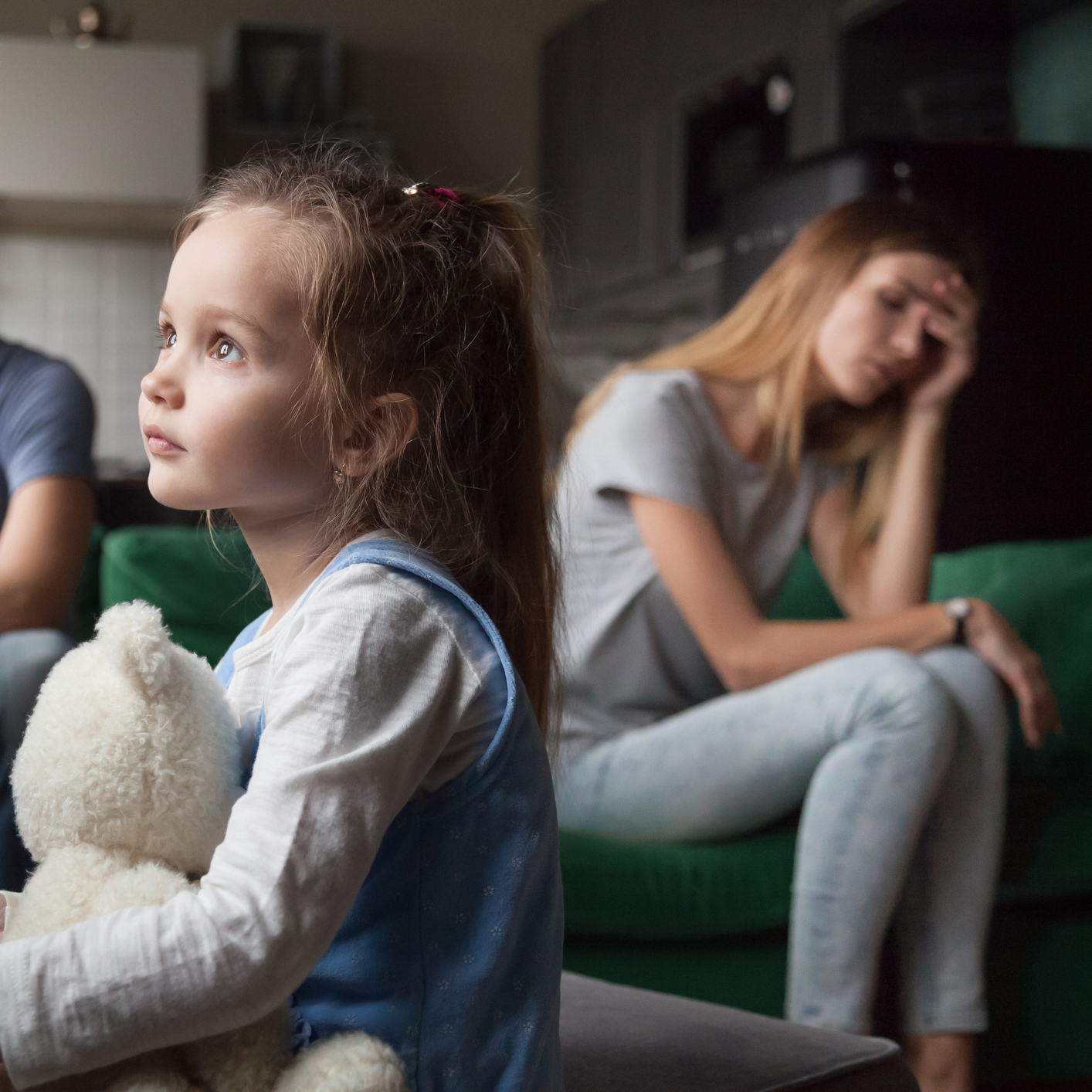
01/29/2024 | Childcare and Education
10 South Carolina Programs to Help Families Pay for Child Care
Finding quality child care is a common goal of parents and caregivers, but paying for child care costs is often difficult for many families.…


Topic: Childcare and Education
When choosing a child care program in the Palmetto State, there are many things to consider. But for most parents, one of the top things on a potential provider checklist is to ensure your child will be in a safe environment.
Many factors can affect your child’s safety and security while being cared for somewhere outside of the home. Here are some things to keep in mind.
In South Carolina, child care providers must follow state guidelines for operating safely. The Division of Early Care and Education of the South Carolina Department of Social Services stipulates that all child care programs in our state must be licensed, registered, approved or legally exempt. The requirements assessed vary depending on the type of provider. Licensing promotes health and safety by setting critical standards and regulating those caring for children through regular inspections. You can check a child care program’s latest facility review and inspection reports using ABC Quality’s provider search tool, which will show you any issues that have occurred at the child care program.
ABC Quality is South Carolina's voluntary Quality Rating and Improvement System for child care. To qualify for the ABC Quality program, providers must meet qualifying standards and fulfill the steps of a program evaluation. A provider that earns an ABC Quality rating exceeds licensing and safety regulations for the care they provide to children. ABC Quality requires all aspects of the facility to be well-organized, clean and well-maintained. There should be a variety of playground equipment outside and toys inside that are up-to-date, clean, and not need repair. The layout of all the spaces should keep the sightline between the teachers and children open with no blind spots.
The staff-to-child ratio is the number of children each child care staff member (or family child care provider) supervises. The Division of Early Care and Education of the South Carolina Department of Social Services determines required staff-to-child ratios, which differ by age. Mandatory ratios and group sizes help staff provide better supervision and care. They also give children more opportunities to develop social skills by allowing them to interact with a smaller group of children and staff. Studies also show children feel safer, more secure and less overwhelmed when consistently receiving one-on-one attention. With a low staff-to-child ratio, it's easier for staff to interact and respond quickly to individual needs.
The guidelines for operating a child care center detail the specifics of safely prepared, healthy meals, snacks and drinks for children of all ages. Just as restaurants have rules for serving food, the center must manage cleanliness, freshness and discarding of leftovers. Safety rules for food and drink include labeling cups and bottles with a child’s name and ensuring the child is the only one to use them. Parents can specify the time, quantities and foods a child will eat. There are many other details, such as how food is heated, checking food and beverage temperature, and directions on cutting the food to specific sizes determined by age. To read the complete list of regulations, visit S.C. Code Regs. § 114-519.
A quality child care provider should have a strictly followed visitor policy. The policy covers the steps for logging in the visitor, accompanying the visitor at all times, never leaving the visitor alone with children and other safety tips. The visitor policy should be shared with parents when enrolling. Parents should be welcome to visit at any time.
There are a variety of environmental safety regulations to keep in mind when evaluating a child care program’s safety. This includes a building and playground free from hazards, litter, and facilities with clean, sanitary water and plumbing. Children should be kept away from unsafe areas like streets and parking lots, and the facility should be surrounded by a fence or natural barrier. In addition, all interiors must have exits/entrances with self-closing positive latching gates with locking devices.
By knowing the qualities that make a child care program safe and the regulations they must adhere to, you can feel confident in your child care provider. By asking questions, taking a tour, and reading reviews and inspection reports online, you can have peace of mind that your child is safe and secure.

01/29/2024 | Childcare and Education
Finding quality child care is a common goal of parents and caregivers, but paying for child care costs is often difficult for many families.…


01/29/2024 | Childcare and Education
One of the hardest parts of parenting through early childhood is making decisions about your child’s care throughout the workday. Early learning…


01/29/2024 | Childcare and Education
When choosing a child care program in the Palmetto State, there are many things to consider. But for most parents, one of the top things on a…
